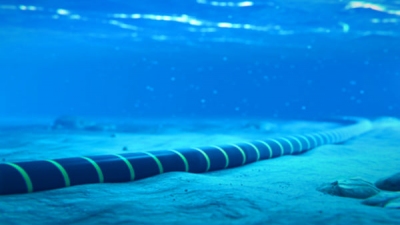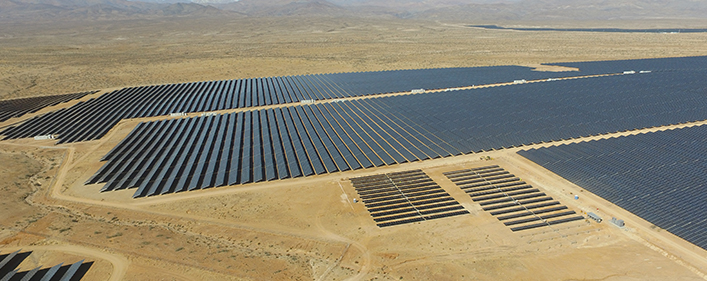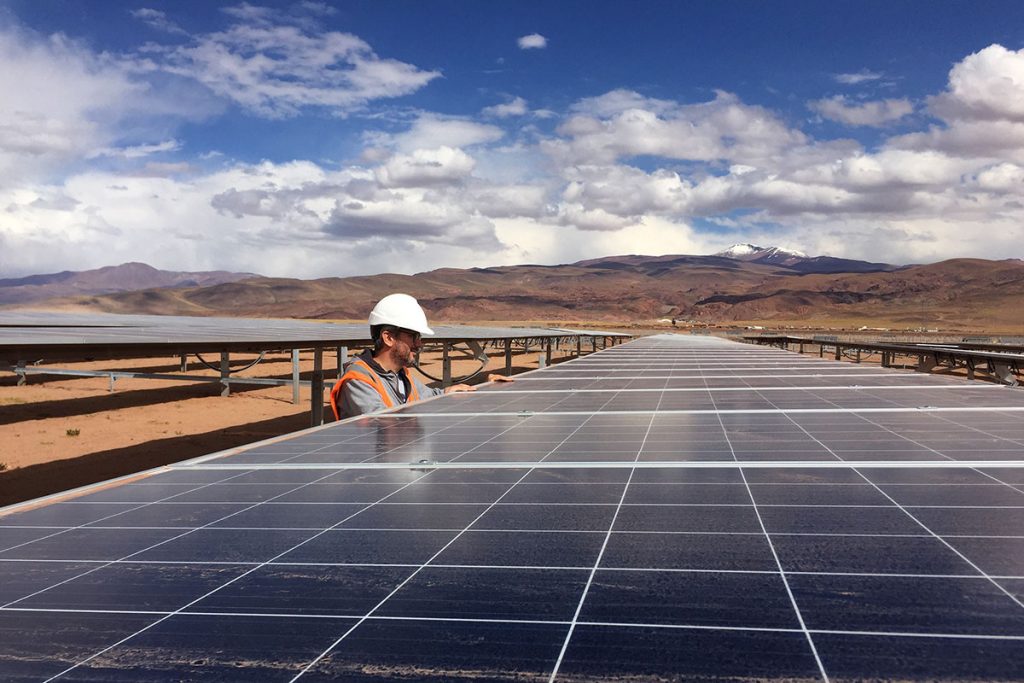Chile is building a submarine cable to outsource photovoltaic energy to China under its Antípodas project, according to the Chilean solar energy association (ACESOL). Chilean President Sebastián Piera made the announcement during the National Meeting of Entrepreneurs (ENADE).
The program is designed to take advantage of the Atacama Desert’s vast solar potential, with the world’s highest solar radiation. When it is daytime in Chile, and nighttime across the Pacific, or when Asia is in winter, and the southern hemisphere is in summer, electricity generated by 200 to 600 GW of photovoltaic generation capacity can be transmitted to Asian countries via the cable.

“We have the deserts with the highest solar radiation in the world and a gigantic potential for generating clean, renewable, and economical solar energy, which we can export during our day to supply Asian countries,” said Piñera.

A Chilean feasibility study established the best route for the cable would run from the Pacific port city of Valparaiso through New Zealand and on to Sydney, Australia, where it could connect to lines to Asia.
According to the president, the project will require research and strategic alliances with major Asian sectors of the economy. The cable will be 15,000 kilometers long, with a 1,300-kilometer section costing $2 billion to build. Furthermore, according to IRENA, Chile has 3,106 MW of installed photovoltaic capacity, necessitating the construction of new solar plants.

On Thursday, Chile announced that it had reached an agreement with Brazil to collaborate on constructing the first cable system connecting South America and Asia.
Chile’s foreign minister, Andres Allamand, stated that Brazil’s formal participation in the initiative was essential to making the 13,180 km (8,200 miles) cable a reality.


